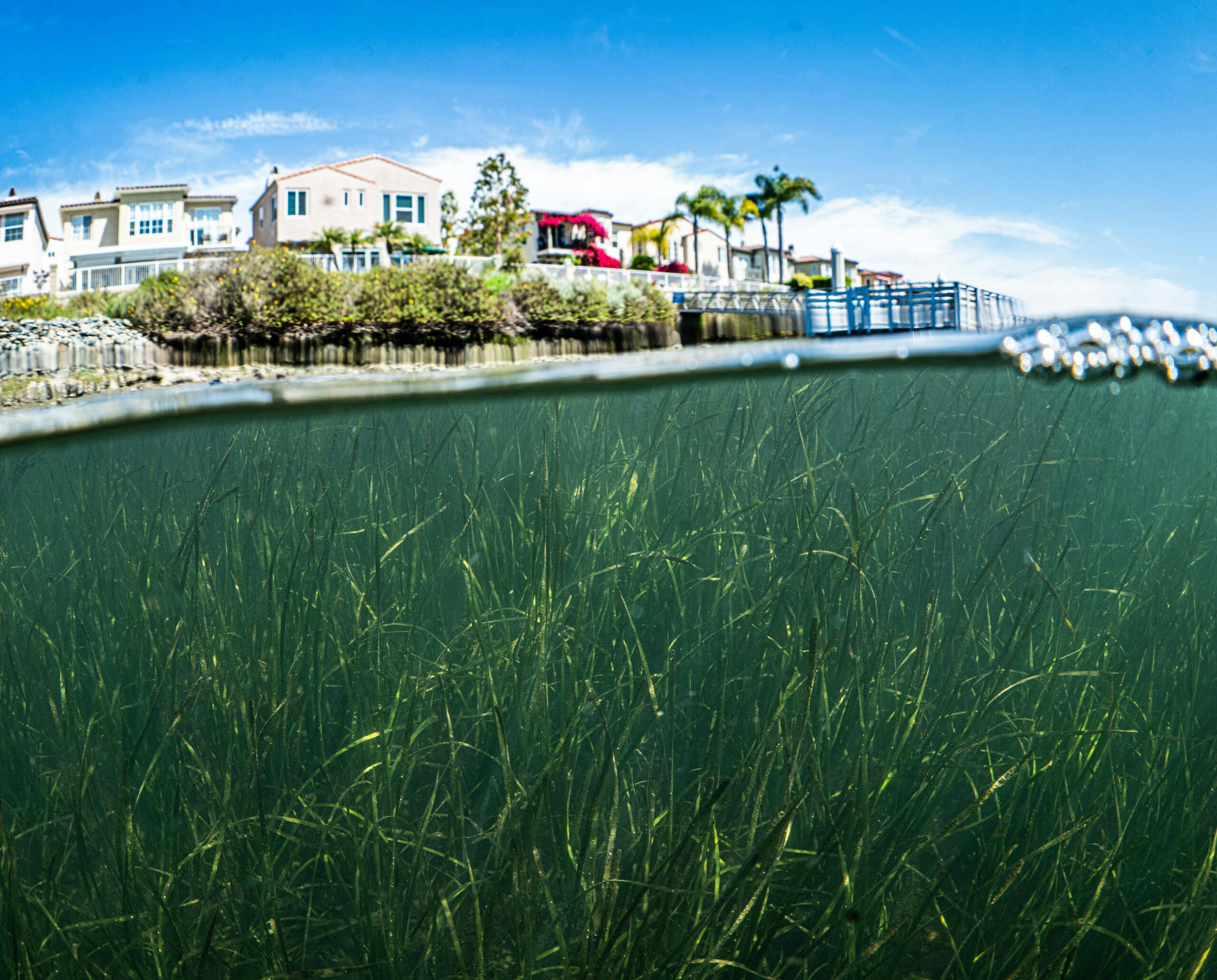First Of Its Kind Eelgrass Transplant
Eelgrass (Zostera spp.) is a marine flowering plant that forms “meadows” and is found in temperate regions throughout the world. The Bay Foundation (TBF) and project partners are working to restore eelgrass meadows while researching the plant and its habitat. Eelgrass are economically and ecologically valuable marine habitats. They and other seagrasses provide several ecosystem benefits and services, including:
- Nursery habitat for juvenile fishes
- Structure and foraging opportunities for a variety of commercially and recreationally important fish
- Carbon sequestration to help offset climate change
- Erosion reduction
- Improvements to water quality
Project Highlights
View Map
